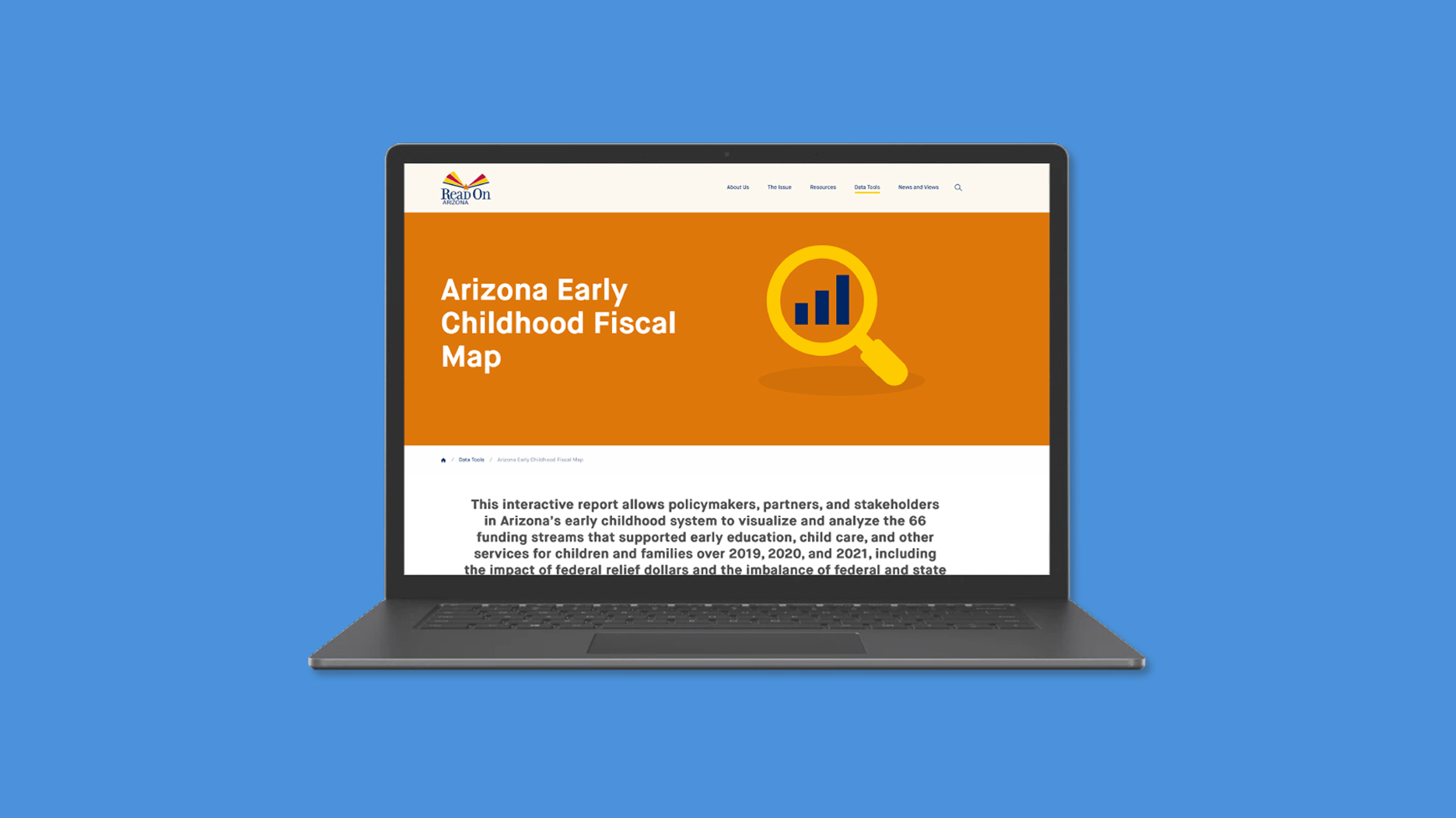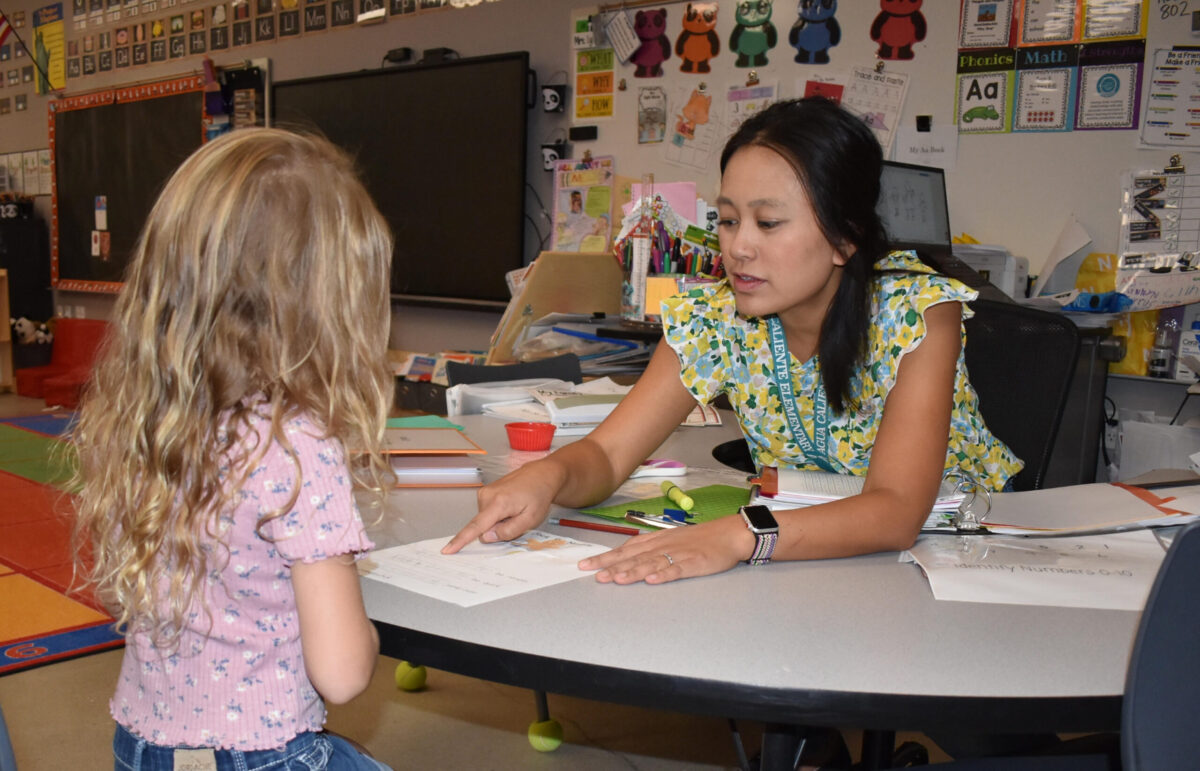October 10, 2019
Literacy News
Rhonda Cagle is founder of Leverage Consulting Agency, serving educational and non-profit agencies. She is a member of the Board of Contributors for The Arizona Republic.
Opinion: It's important to tell families why their kids should be in school. It's another to get them there.
Missing just two days a month from school, or at least 10 percent of days in a school year for any reason, puts a student at risk of becoming chronically absent.
And Arizona has some of the highest rates of chronic absenteeism in the nation, said Hedy Chang, executive director of Attendance Works.
In a recent KJZZ interview, she pointed out that 212,000 – or 18.7% – of Arizona K-12 students are chronically absent from school. But Chang specifically references Arizona’s high number of extreme chronic absences affecting 45% of schools in Arizona, with at least 20% or more of their students chronically absent.
The Valley of the Sun United Way and Attendance Works want to change that with an attendance awareness campaign each September.
Poverty and absenteeism are linked
The message may seem obvious, but the factors that contribute to chronic absenteeism are complex. Chang told me that a lack of health care, stable housing and reliable transportation are all examples of the barriers to consistent attendance – and all indicators of poverty.
“Poverty is one of the strongest predictors,” she said. “Historically, when schools looked at the issue, they would think it was a family issue and there was nothing the school could do about it. But that is simply not true.”
Heather Anguiano, principal of Hartford Sylvia Encinas Elementary School in Chandler, agrees that schools can make a significant difference in improving attendance. She shared with me that her school, built in 1957, is the oldest in Chandler and has the highest poverty rate in the district, qualifying as a Title 1 school.
Anguiano attended a workshop on chronic absenteeism hosted by Valley of the Sun United Way three years ago, taking resources back to her school. “We had always had a philosophy of meeting the needs of the whole child,” she explained. “We expanded that approach to meeting the needs of the whole family.”
Working with her staff, they began taking a positive approach to addressing chronic absences. Phone calls home to families, expressing how much they missed seeing the child at school, opened the door to conversations about the barriers preventing the child from getting to school.
“We discovered that simply telling a family about community services, or giving them a phone number, didn’t work,” Anguiano explains. “Taking the time to go hand-in-hand with a family member really made a difference in stabilizing their situation. And attendance improved.”
I asked Anguiano how much her efforts had improved attendance. “Our chronically absent rate went from 9.2% in 2017 to 6.3% in 2019,” she proudly states.
Monitoring attendance is the first step
Dr. Betsy Hargrove, superintendent of Avondale Elementary School District, was one of the early adopters of analyzing her district’s data in conjunction with Valley of the Sun United Way and Read On Arizona.
“We knew our data would help us identify some of the key reasons our students were consistently missing school,” she explains. “And if we understood the barriers, we could do something about them.”
Hargrove said that recognizing the importance of daily attendance and monitoring it closely was just the first step in decreasing the number of students chronically absent. Developing a strategic plan of outreach to students and families, and finding solutions to support children being in school on time daily made a strong impact.
During September and throughout the year, the district makes creative use of their Facebook and other social media to stress the importance of daily attendance. First responders, elected officials, parents and students record videos urging families to make daily attendance a priority. The campaign also involves business, civic and faith-based leaders emphasizing the importance of building early habits of being present.
The data show these efforts are working, Hargrove said. Since 2017, Avondale Elementary School District has reduced chronic absenteeism by 2.18%, with some campuses showing a reduction of 4.59%.
Communicating with parents is another
Kimberly Rickett has two children attending Estrella Vista STEM Academy in the Littleton Elementary School District.
The district has shared with parents national studies showing how accumulated absences from elementary through high school have a negative impact, even as an adult in the workforce.
Rickett appreciates that.
“As a student, I experienced some health challenges, which put me in danger of having to repeat the eighth grade,” Rickett said. “I struggled to keep up with my peers.
“The classroom experience adds to your learning, beyond what you get from simply completing the work,” she continues. “It’s why I have made attendance a priority for my children.”
Her seventh-grade son, Alexander, knows daily attendance is important but acknowledges that it can sometimes be difficult. Alexander, who is diagnosed with autism, said: “Sometimes when I am getting super stressed, I just don’t want to come, but I know attendance is important to learning.”
Alexander last year received monthly recognition for good attendance and the STEM Student of the Year award.
“To motivate myself, I think about how staying in school will help me be eligible for scholarships and college later on in life,” he explains.
Susana Huerta, a kindergarten teacher at Michael Anderson Elementary School in Avondale, sees the difference the campaign makes in her classroom. “Good attendance has impacted our classroom culture and environment by students caring for one another and creating more positive relationships,” she said.
Missing school is an early warning sign
Schools take daily attendance, and that's a remarkable metric. Chang said it serves as an early warning sign of bigger issues.
“It’s like a check engine light on a car,” she said. “It forces us to open the hood and look deeper. Ignoring the early warning sign that something is wrong means we pay a bigger price down the road.”
Participating in September’s focus on attendance is voluntary.
It shouldn’t be.
Collecting and analyzing attendance data to take specific action improves our schools early on, while an issue is just emerging. It creates cost-effective, proactive solutions. Perhaps most importantly, it leads to greater student success.









